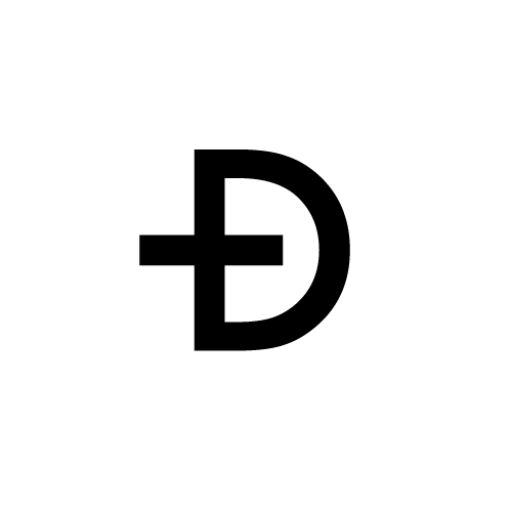Artistic statement I
Dancing Embryo
by Diego Marín
December 2021
The statement
Dance is everywhere, but it is not everything.
Dance is an integral part of human life, yet it transcends humanity.
If science continues to separate mind and body—and to privilege the mind—will our bodies be left behind in the future?
What might dance become in a world like that?
History
For the last two years I have been closely collaborating in the development of a computer-based choreographic creation system through Generative Artificial Intelligence together with researcher Benedikte Wallace at the University of Oslo. My participation has been as an ethno-choreologist, choreographer and dancer in theoretical discussions and practical experiments on the implications of creating rhythmic and aesthetic movement using artificial intelligence.
My collaboration has contributed to the design foundations that have evolved the software to provide it with the necessary skills that a human with experience in dance creation would have. So far, my research has been developed through the Choreomundus consortium in four different countries (France, Hungary, Norway and England) complemented by stays and internships in the computer science department of the University of the Arts London (England) and the Centre for Interdisciplinary Studies of Rhythm, Time and Movement at the University of Oslo (Norway).
The computational system is fed by 9 hours of dance improvisation performed specifically for the project with different dancers, a bank of movement that is still open for those who wish to contribute to the language of this software. The dance was recorded to feed the machine’s knowledge through Motion Capture Systems. Among the system’s novelties is its capacity to react to kinesthetic stimuli and propose complementary movements to musical rhythms.
So far, the last developed phase of the project has been a critical analysis of the implications and limitations of AI dance creation systems powered by infrared motion capture, questioning the qualities of the system and the virtual avatar to its perception and expression. Contemplating the intersectionality implicit in human dance creation and taking as a basis the limitations of the current system, interactive practices will be carried out to contribute to the development of the software and to explore ways of collaborative movement creation between AI and humans.
Ongoing work
The next step of the research is to start the human/machine co-creation stage. This process consists of conducting an ethnography, documentation and analysis of the resulting creative process between my interaction with the AI system as a creative partner in the choreographic development. The results of the research will allow the first approaches to a new language of expression and dance creation in which an artificial intelligence virtual entity collaborates in real time with a human.
The choreographic and improvisation practices contemplate comparative studies between human and computer creation patterns using video cameras and video analysis software that provide quantitative data (motiongrams and motion-history images). The study will also be complemented with qualitative data through an ethnography of the process based on participatory observation and rigorous observation of the practice documented on video.
This method of observation will allow the design of a replicable methodology that allows the study in ecological environments of Human/IA interaction in the field of movement creation and learning. From this, the project will evolve into an interactive installation exhibited in galleries, museums and other public spaces, which will allow further data to be gathered on the experience of human/AI creative interaction by making it accessible to the general public.
Performative installation
Dancing Embryo is the name of the installation project, and serves as an interactive art project where human and artificial sensibilities meet. The exhibition allows the user to bodily interact with an intelligent pictorial being that can co-create movement or establish a dance learning experience. Through motion sensors and VR glasses, the exhibition room becomes a liminal space where transhumanist communication occurs by the fusion of human creativity and AI. Dancing Embryo offers two possible displayments designed in a circuit of three stages installed in open interactive places.
The interactive modalities allow for easy and immediate interaction processes with the visitors to the exhibition or even to host deep and prolonged co-creation processes by artists and motion designers. The installation is one of passive and active interaction, as it allows the user to be part of the living processes of creation, or simply the mere contemplation of results or work in progress happening on site.
The installation project is in itself an artistic work for ludic and aesthetic purposes, however, it is also a means of research that allows laying the foundations for creating collaborative dance creation methodologies between Artificial Intelligence and humans, understanding it as a new language for the creation of aesthetic movement.

